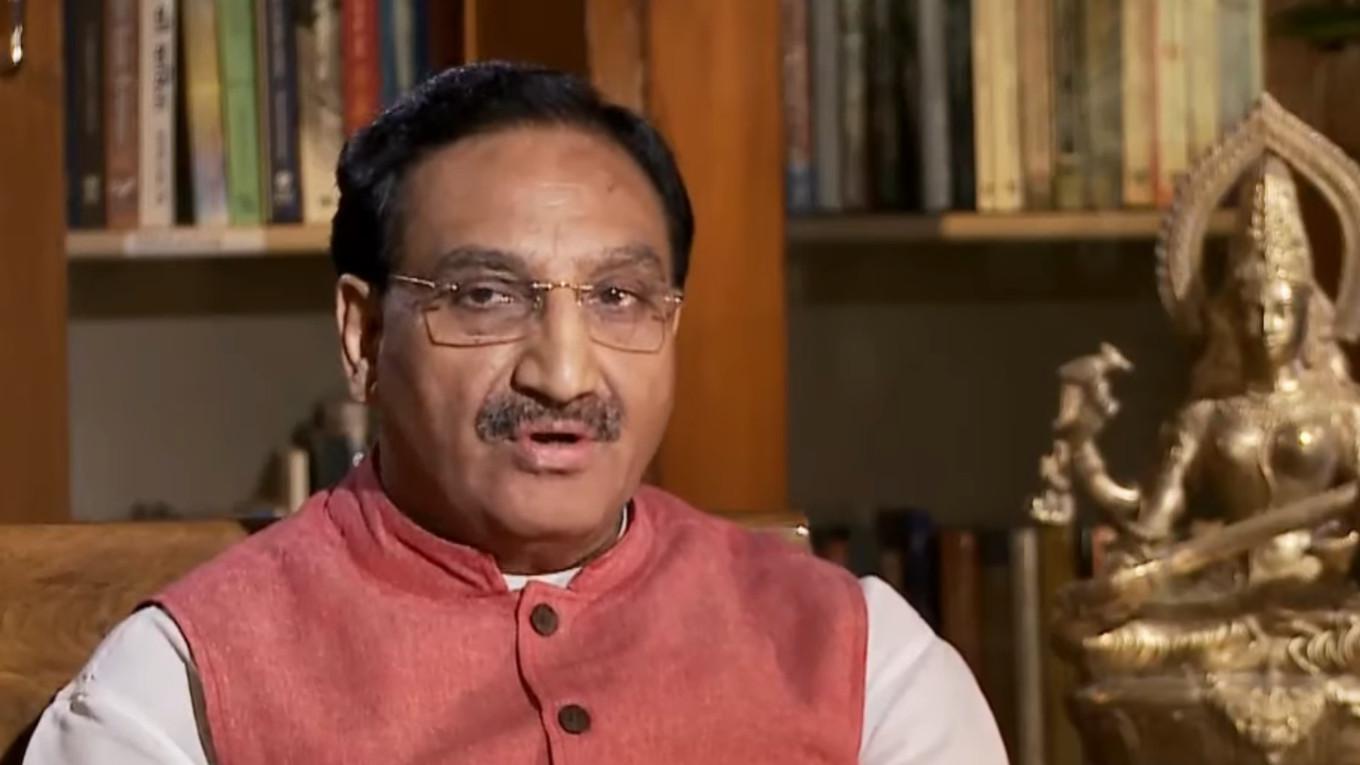Q How would you explain the impact of Covid-19 on the Indian education sector?
A The unprecedented crisis has affected every sector – health, the economy – including education. More than 35 crore students and 1.08 crore teachers across 15 lakh schools, 1,028 universities, 41,901 colleges and 10,726 standalone institutes are unable to attend classes due to the nationwide closure of education institutes. Covid-19 has certainly derailed classroom processes. However, the prime minister had desired that we should “evaluate what might be the new opportunities or growth areas that would emerge because of Covid-19”. Keeping his wishes in mind, we had sent taskforces to deliberate on important concerns at school and institutes of higher education. NCERT headed the taskforce at the school level while UGC did the same at the higher education level.
Since we were unable to conduct physical classes, we adopted the learning through digital medium. NCERT has also released an Alternative Academic Calendar for all classes. The calendar provides guidelines to teachers on the use of various technological tools and social media tools available for imparting education in fun-filled, interesting ways, which can be used by learners, parents and teachers even while at home.
Q The companies in the online education space are reporting a tremendous surge in the volume of end-users. Can we draw comfort from the fact that a new avenue has opened up as an alternative to the traditional learning model?
A There is definitely an upsurge in the usage of online resources; the number of hits on key online educational portals in higher education like SWAYAM, SWAYAM PRABHA, Virtual Labs, FOSSEE, E-Yantra and Spoken Tutorial has gone up by five times. Within a week of the lockdown, there was a 2.5 times increase in the use of DIKSHA. Between 23 March-6 June, there have been 120 crore page views on DIKSHA. On the SWAYAM platform there are 1,902 courses developed whereas the total enrolments of students stand at 1.63 crore. On SWAYAM PRABHA, around 56,000 total videos have been telecast with 40.76 lakh views after the outbreak of Covid-19.
In the changing paradigm, we are working tirelessly to derive strategies for the ‘new normal’. More emphasis may be laid on online resources, platforms, bandwidth and availability of technological solutions. The future of education will incorporate blended learning and flipped classrooms. We are developing strategies to make e-learning more immersive and constructive to the teacher and student community than it is today.
-

Union Minister of Education, Ramesh Pokhriyal. Picture courtesy: Rajya Sabha TV

































